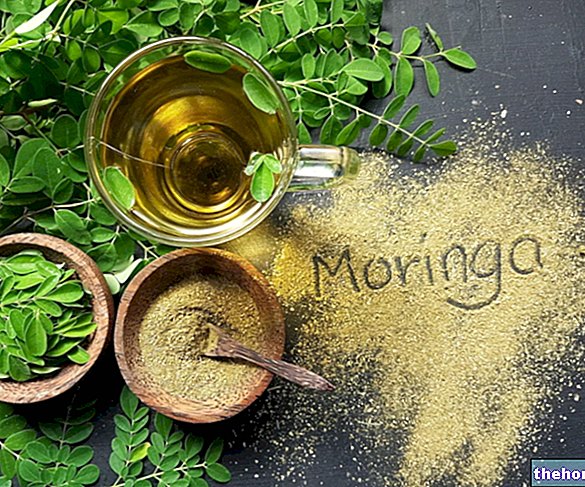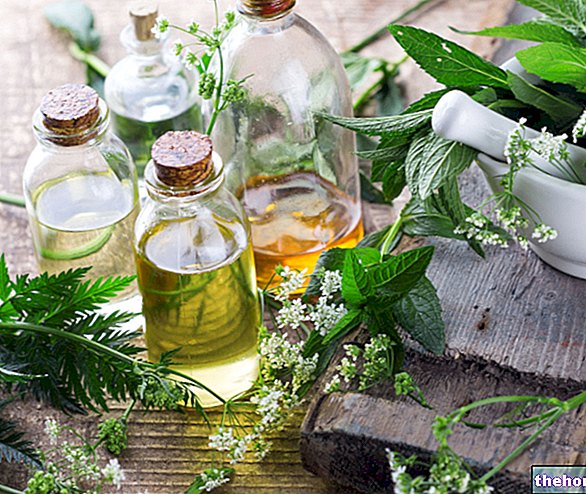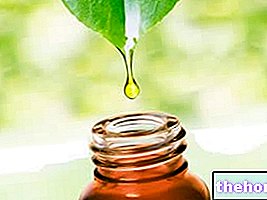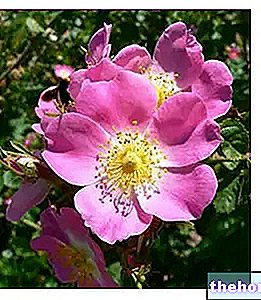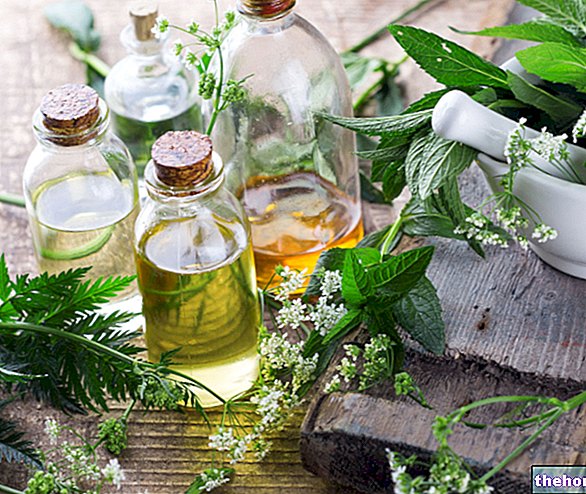Calendula officinalis L.
Fam.Asteraceae
Fr. Souci
Ing. Marigold
Sp. Calendula
Ted. Ringelblume
Vulgar names:Fior d "every month, Fiorrancio, Fior d" mort, Courtesia...
Description
Marigold is an annual or perennial herbaceous plant, 20-50 cm tall, with an erect, striated, velvety and branched stem, taproot.
The terminal leaves of the calendula are sessile, alternate, whole or slightly toothed; the basal ones are greyish-green, oblong, arranged in a rosette.
The flowers are gathered in large flower heads, pedunculated, solitary at the apex of the caule and branches. They are yellow-orange and dimorphous: the central ones are male, tubular with a fivefid corollino margin, the peripheral ones are female, ligulate, longer than the bracts of the enclosure. The ovary is a few mm long, relatively large, pubescent. Flowering occurs from October to July. The marigold fruit is an arched, grayish and wrinkled achene.

Areal
The marigold prefers fresh soils, rich in organic substance and well exposed to the sun such as fields, meadows, vineyards, coasts of the Mediterranean areas and the southern regions of Europe and the Islands.
The area of origin of the calendula, which cannot be defined, can be traced back to the Mediterranean area. It is widespread in Italy, Spain, England and the Azores. It is found in the wild in southern Italy; some varieties are also grown in gardens and have larger and more colorful flowers.
Culture
The marigold is sown in April-May in colder climates, while in the warmer ones autumn sowing is preferred, which allows for larger flower heads than spring sowing and therefore higher yields.
The "seeds" of calendula exposed to gamma radiation have often given rise to more productive and earlier plants, with double inflorescences, of more intense color thanks to a higher content of carotenoids.
The seed, 2-3 kg / ha, should be placed at a depth of no more than 2 cm, on finely chopped ground. The crop should be planted in rows 60-70 cm apart. The final density should not exceed 6 plants / m2, otherwise the flower heads that are obtained are too small and the yields modest.
Marigold is a relatively demanding plant in phosphorus and potassium, the more modest are the nitrogen needs since the plant reacts to this element by reducing the number of flower heads per plant.
Adversity:
Among the adversities of a certain importance there are some fungi that cause damage to the leaf apparatus such as Erysiphe cichoracearum and Alternaria calendulae, among the insects a leaf miner diptera (Phytomyza atricornis).
Product collection and yields:
The flowering of the plant is gradual and consequently the harvest of the flower heads lasts for a few weeks starting from mid-May for crops sown in autumn and from August for those planted in spring. The harvested product must be promptly dried at temperatures around 80 ° C, for short periods in order to obtain the highest content of carotenoids and flavonoids, which essentially reflects on the maintenance of the orange color of the flower heads. The dry product is very hygroscopic so it is good practice to pack it immediately.
Balsamic time: the flowers at the beginning of flowering; the plant during the year.
The drug: it consists of the entire aerial part of the plant, but more often only the ligulate flowers, which are quickly dried in the sun. It has a strong, unpleasant smell when fresh and a bitter aromatic taste.
Uses
Herbal use: calendula decoction helps fight flu, cough and cold. The infusion is recommended in case of painful menstruation, fever, ulcers and skin irritations. The juice and flowers of the calendula can be applied naturally (or in the form of oil or ointment) to facilitate the healing of sores, small wounds or the fire of saint Anthony. Marigold wine is excellent for rinsing against toothaches and neuralgia.
Cosmetic use: the infusion is passed on the skin with cotton to fight blackheads and tone the skin; added to the bath water it decongests and moisturizes.
Dietary use: in the kitchen it can be used for the preparation of salads and soups to which it gives a bitter taste; the flower buds can be preserved in the same way as capers or used to color soups and risottos instead of saffron.
- Calendula - properties and therapeutic indications
- Calendula extract in cosmetics
- Calendula in herbal medicine

